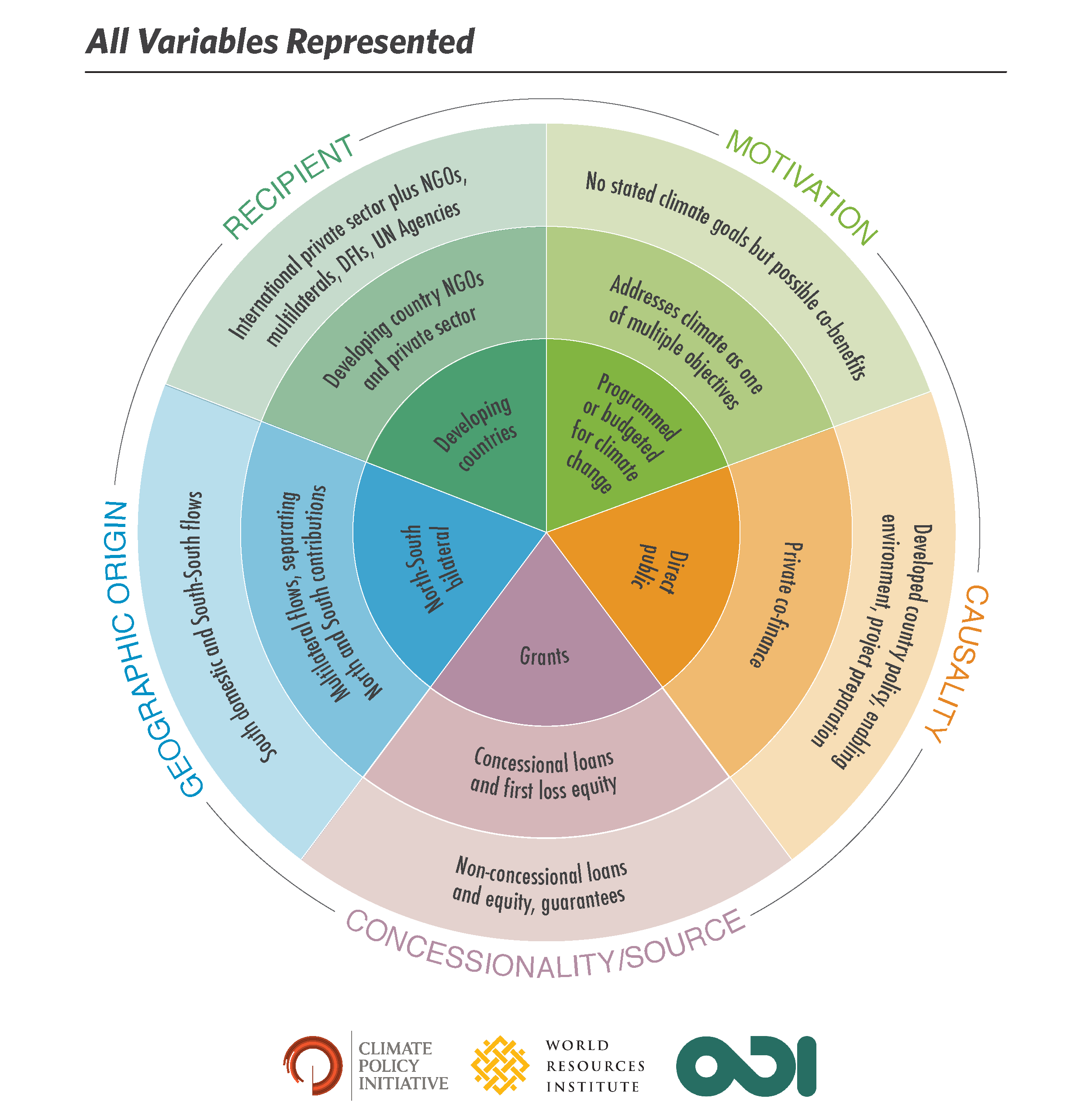At the Sustainable Development Summit in New York last week, the question of progress toward existing climate finance targets was once again a key point of debate. While mobilizing the USD 100 billion per year that developed countries have agreed to provide to developing countries by 2020 will not meet the climate challenge by itself, it is currently the primary political benchmark for assessing progress on climate finance.
Improving understanding of different stakeholders’ perspectives on what counts towards the USD 100 billion commitment could improve the chances of reaching an agreement. That’s why Climate Policy Initiative’s latest paper, written with Overseas Development Institute (ODI), and World Resources Institute (WRI), aims to untangle the key issues arising in debates about “what counts”, and provide an approach to classifying climate finance in politically relevant ways that can facilitate discussion.
The paper takes no position on what should count towards the $100 billion. It leaves interested parties to draw their own conclusions. We feel it can help at this point in the lead up to Paris because:
- It distills the debate into five main issues and defines and explores each in depth. They are: 1) Motivation; 2) Concessionality / source (an imperfect but useful conflation); 3) Causality; 4) Geographic origin; and 5) Recipient.
- It represents each issue in “onion diagrams” organizing different categories into concentric circles according to political consensus. The closer to the center a category is, the more notional consensus there is among stakeholders that it should count toward the goal.
The paper ends by pulling all five variables together into diagrams like the one below that summarize the debate and help interested parties define and discuss what they feel should count.


